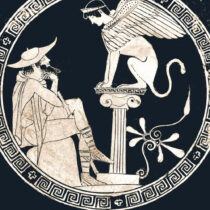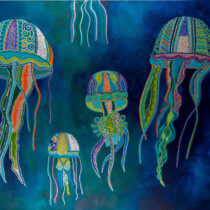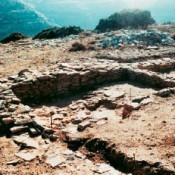In the end of the nineteenth century the French traveler had many references in his disposal, if he planed to visit Greece, where the archaeological excavations were constantly multiplied and whose people had disillusioned the philhellenes and was ridiculed by Armand Abu, who in 1854 in his play Grèce contemporaine had masqueraded the descendants of Pericles as Punch. How the glamour of this demoted Olympus, that is contemporary Greece, could be restored, when Athens, its capital, could not rival the glory of the past more than its contemporary metropolises. Not to mention the great men of the country, who, in the eventful political life of the small kingdom, separating Greeks in “purists” and followers of the vernacular, remained rather obscure, and thus we continue to ignore their achievements. Therefore, what was left were the archaeological ruins and the live ruins, the Greek people, politely been characterized as “degenerated”, whose “revival” was considered as rather impossible. To oppose this unrealistic picture of Greece, which was limited to a capital, caricature of the country, and to some heroic remnants, Paul Jamot published in 1914 a book entitled En Grèce, avec Charalambos Eugénidis. His approach to the Greek reality made this work a traveler’s anti-guide. The de-dramatization Jamot made can only function, if we renounce heroization and the naive, linear history of a Greece, which we review as a gallery full of great and glorious men, from the heroes of antiquity to the illustrious personalities of the Greek War of Independence. His narration, based on his guide, Charalambos Eugenidis, a reliable and folk mentor, whose presence is more emotive than active as he adds tone and color to the atmosphere, pictures Greece in its human climax. A climax lost until then in the reference to statues or in the bold, mainly decorative, sketching of the country, which stressed the pathetic local reality and demonstrated the degeneration of Greek people. This human climax was the real expression of Greece, as Le Corbusier wrote a few years later.
Paul Jamot: In Greece with Charalambos Eugenidis (1914). A Traveler’s Anti-guide in Twentieth-century Greece
28 Αυγ 2012
από Archaeology Newsroom
- A
- A
- A



